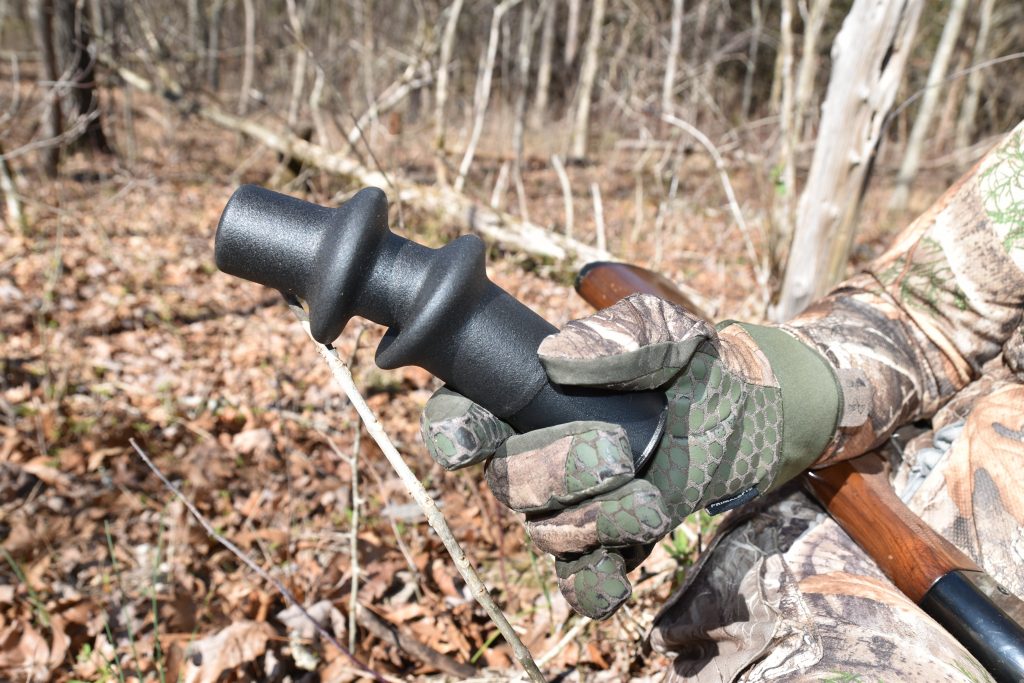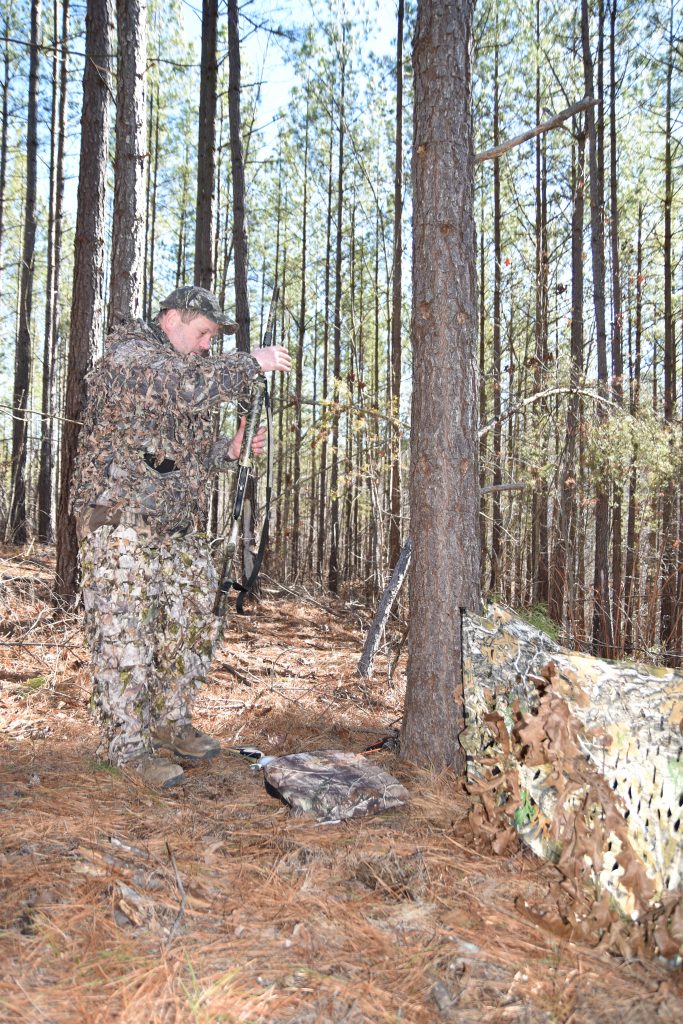Rules for Successful Fall Turkey Hunting
These tried-and-true approaches have put autumn turkeys on the game strap for generations. Try them this fall.
There’s no perfect strategy for fall turkey hunting or just about anything involving these maddening birds. However, the rules (or suggestions) here have some worthwhile points to consider.
When in Doubt, Always Bust a Flock
No matter whether a gang consists of a brood hen and young birds, barren hens or old gobblers, the percentage play is to scatter the assemblage. So says veteran turkey hunter Jim Clay, who operates Perfection Turkey Calls.
“Any time when you think the terrain is in your favor and you are close enough to bust a flock but not close enough to shoot, and if the flock is not heading your way, yes, the percentage play is to bust them,” Clay said. “However, if you don’t break them up, you are worse off than if you had just sat there and done nothing. Because now, every turkey in that flock knows there’s a predator in their area.”
Clay said it’s also wise to keep after turkeys until they fly.
“When they go running off together, they usually can still see each other and can easily get back together,” he said. “So again, you’ve accomplished nothing [if they don’t completely break apart]. I think turkeys are much more scared when they feel they have to fly to escape, and also are much more likely to go in different directions. Remember that if even one or two of those flying turkeys go in a different direction than most of the flock, you have a good chance to call those strays in.”
Better to Call Too Much than Too Little
Many years ago, legendary West Virginia turkey biologist Bill Healy gave me one of his most important turkey hunting rules — one I have followed since. He said generally in fall, you can’t call too much or too loud. Usually in spring, you can’t call too little or too softly.

“That’s probably a pretty good rule to live by,” Clay said with a laugh. “In fall, loud calls — yelps, cutting, lost calls and jake gobbles, for example — are often the best sounds to make. If you’ve busted up a flock several hours ago and a jake or jenny starts calling loudly, you answer it with the same boisterous sounds. For sure, that bird is coming and coming fast.”

And there’s another rule for that situation.
“The worse the weather — cold, rain, wind — the louder turkeys will respond, because they’re more insecure and terrified about being alone,” Clay said. “However, once a turkey starts to head your way and continues to call, imitate the sounds and the loudness or softness of how that bird is calling.”
Bring a Decoy
Spring gobbler hunters often use decoys, but their fall counterparts rarely do. Clay typically totes a decoy afield and considers doing so one of his rules. However, his choice for a deke is unconventional.
“By far, the best fall decoy is a jake in strut,” he said. “The reason is simple: A jake all flared out is more visible than a regular decoy. Also, obviously, any decoy is more effective in a field or other opening than in the woods. And decoys are more effective later in the season, when the woods are more open than in the early fall.”
Study Your Surroundings Before You Set Up
For decades, Tennessee’s Larry Proffitt has chased autumn birds in multiple states. One of his precepts is to intently analyze the terrain and, when satisfied, position a pop-up blind or build a fort from branches and other woody debris to break up his silhouette. He calls this establishing a hide.
“I make a good hide where hopefully the turkeys will be in range before they can see the source of the calling,” Proffitt said. “From my experience, if you call to turkeys — especially old gobblers or hens — and they don’t soon see the source, they will give the caller the one-finger salute and disappear. So if you know birds are in the area, make a good hide, and stay there for as long as you have to hunt that day.”
Clay added his thoughts.
“Find a place where a turkey feels safe — an open hardwood forest, a gas line, or a food plot or opening where you can shoot 40 yards in any direction,” he said. “Then commit to sitting there.”
Learn to Recognize the Best Sign
Proffitt said the best sign is scratching that turkeys have made for several days. That means turkeys are repeatedly visiting that area. If there is a place to set up and call for hours, that’s it.
“I learned the staying-in-one-great-hide-most-of-the-day strategy from Dwain Bland,” Proffitt said. “He had made a blind 25 yards from a big post oak tree in Oklahoma. He took me up under the oak tree, and it looked like 25 people with leaf rakes had been under that tree for days. You could even hear acorns falling. Dwayne told me that sometime that day before dark, they would be there.”
And a Sooner State jake rode home with Proffitt to Tennessee.
Locate Roost Sites
One final rule is to locate roost sites. Clay said he often likes to make roost runs late in the evening to determine if birds are in the area. And if he encounters turkeys?
“Bust them going to the roost or on the roost,” he said. “A turkey that has spent the night alone is going to be in a hurry to get back to its flock the next morning.”
These rules are worth following. Consider trying them this autumn.

CONNECT WITH US
National Wild Turkey Federation
770 Augusta Road, Edgefield, SC 29824
(800) 843-6983
National Wild Turkey Federation. All rights reserved.
